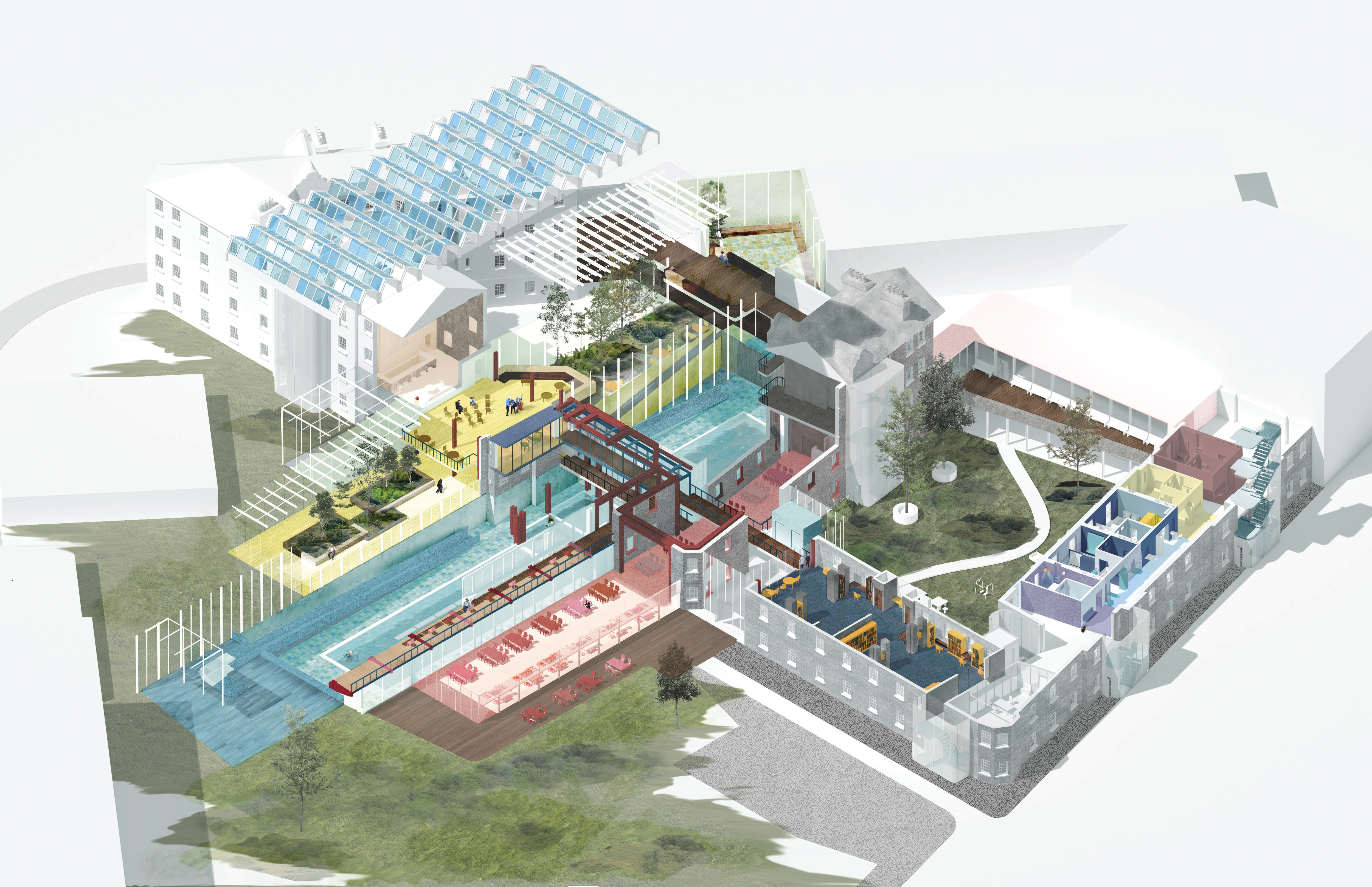
Drifting Landscape
Bartlett 2016 - 2017
The opening question might be a complex one, but the theme of migration is an invitation to allow your imagination to drift and to speculate.
With today’s fragile borders being redrawn by identity politics, migration-related challenges are increasingly something architects must understand and respond to. Just this summer, we watched Rio de Janeiro open the 31st Summer Olympics to welcome athletes from across 207 nations. While the Games present an opportunity to celebrate the coming together of the global community, other forms of migration today present far greater challenges: In the Mediterranean, the unfolding refugee crises continues to strain both political and race relations across Europe, while in the US, the Republican presidential hopeful leads a populist campaign that promises to build an 3100 kilometre long “impenetrable, physical, tall, powerful, beautiful, southern border wall” to separate Mexico from the Land of the Free. Back in Britain, after a vote to leave the European Union, businesses begin to relax, as the grey-cloud prophecies of the end to free movement of labour have not come true …yet. Brexit, of course, is still to come.
This century will see a dramatic rise in different types of migration, from communities escaping from the political or environmental conditions of their home to mobile people who choose to live in other parts of the world simply because they can. With the question of how the future migrants will integrate, live and operate in their new host environments the Unit will continue to consider the organisation of communities, and to explore the architectural design of the individual and shared programmes, spaces and infrastructures. This year’s brief takes the optimistic tone of Doug Sanders’ “Arrival City” that presents migration, and its inherent goal of settling down people, as one of the great opportunities of our time. The brief is an invitation to explore this theme from the abstract to the poetic – and from the pragmatic to the fantastic. Where do these journeys begin, how do they unfold, do they end, propagate or simply continue to drift?
Tutors: Paolo Zaide and Tim Norman
Student Work:

















End of Year Show:






